Exploring the Biodiversity of the Peruvian Amazon Rainforest
The Peruvian Amazon Rainforest is one of the most biologically diverse and culturally rich ecosystems on Earth. Stretching across nearly 60% of Peru’s territory, this lush jungle is home to thousands of unique species and ancient traditions that continue to thrive today.
Hello, dear reader! Whether you're passionate about nature, fascinated by wildlife, or eager to experience ancestral Amazonian culture, this guide will show you why visiting the Peruvian Amazon is a life-changing adventure.
Let’s begin our journey through the Peruvian Amazon rainforest by discovering its amazing wildlife.
Pucallpa
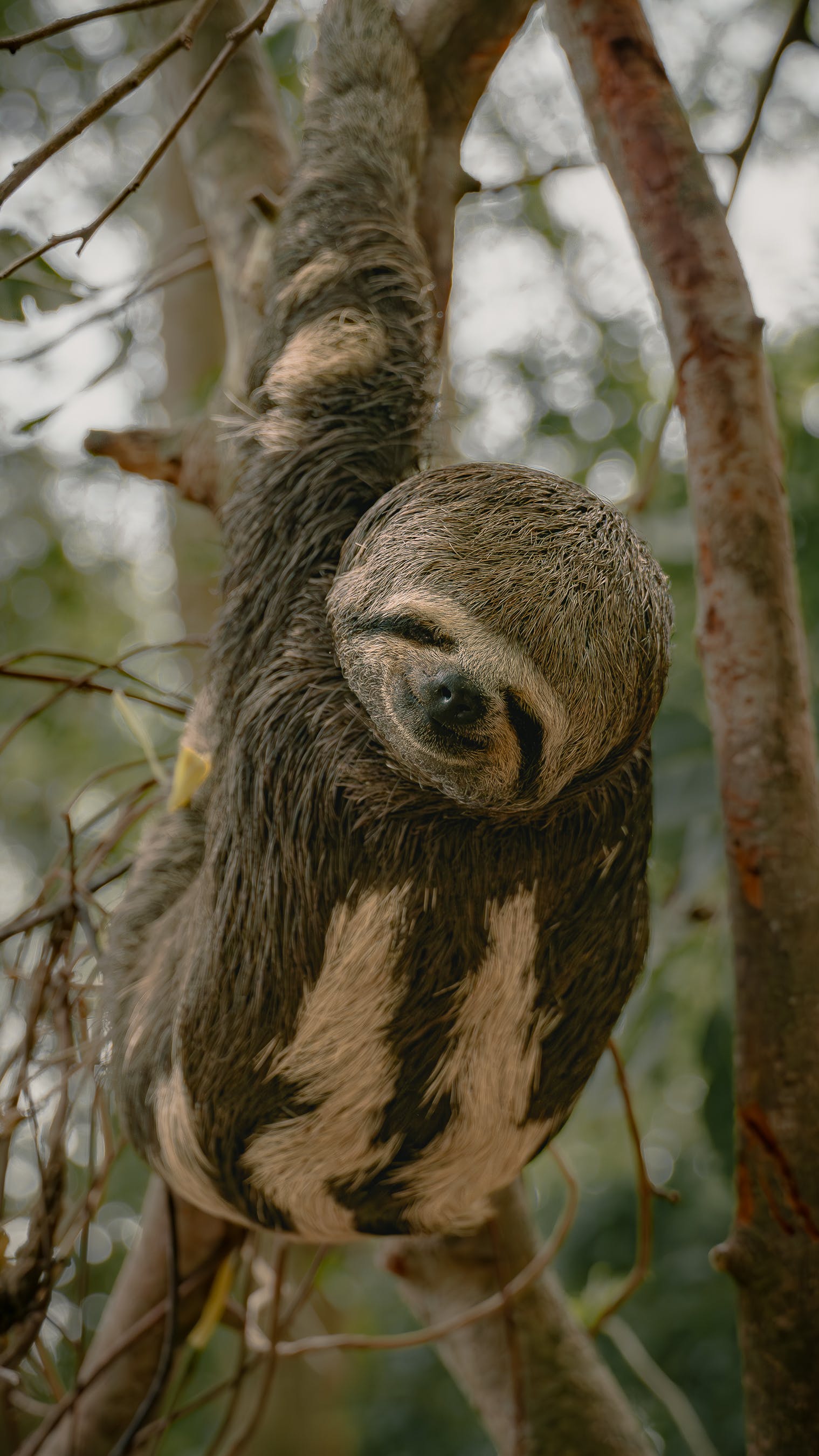
Biodiversity of the Peruvian Amazon Rainforest
The Amazon Rainforest in Peru holds around 10% of the planet’s known species, making it a global hotspot for biodiversity and conservation.
Pacaya Samiria
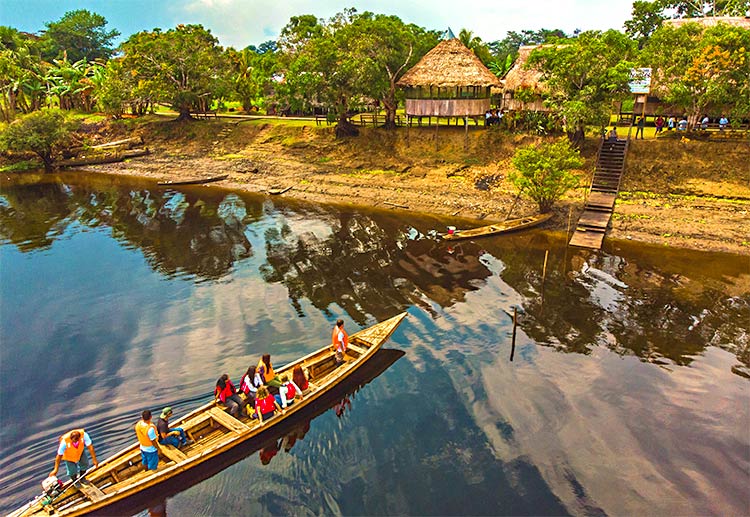
Let’s begin our journey through the Peruvian Amazon rainforest by discovering its amazing wildlife.
Wildlife highlights:
In areas like Pacaya Samiria National Reserve, travelers may encounter:
- Jaguars: the largest predator in South America
- Pink river dolphins: iconic Amazon species found in oxbow lakes and rivers
- Giant anteaters and Amazonian tapirs
- Monkeys, such as howler and capuchin monkeys
- Exotic birds like macaws, toucans, and hummingbirds
- Caimans, colorful frogs, snakes, and thousands of insect species
Every walk through the forest reveals new, breathtaking discoveries.
Pink Dolphin
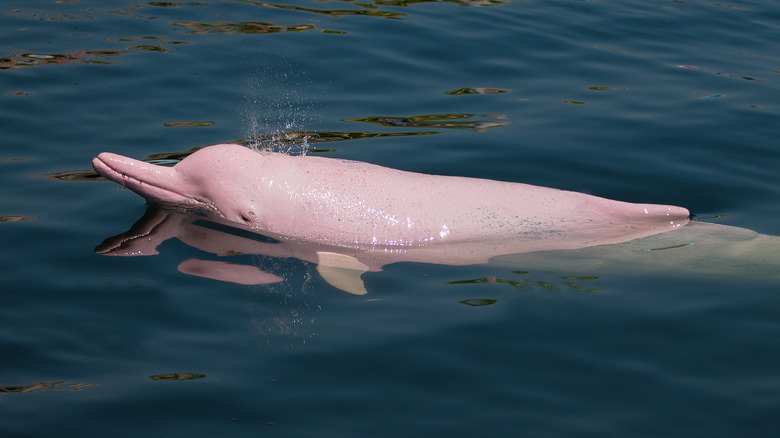
But the biodiversity of the Amazon rainforest is not limited to its fauna. The flora also plays a fundamental role in the ecology of this region. Walking along its trails will immerse you in a sea of lush trees and colorful medicinal plants.
Medicinal plants and flora of the Amazon
The flora of the Peruvian Amazon plays an essential ecological and cultural role. Giant trees like the lupuna tree (ceiba) reach up to 70 meters and host entire ecosystems in their branches. Other key trees include:
- Rubber trees
- Cedar trees
- Palo santo
Lupuna tree
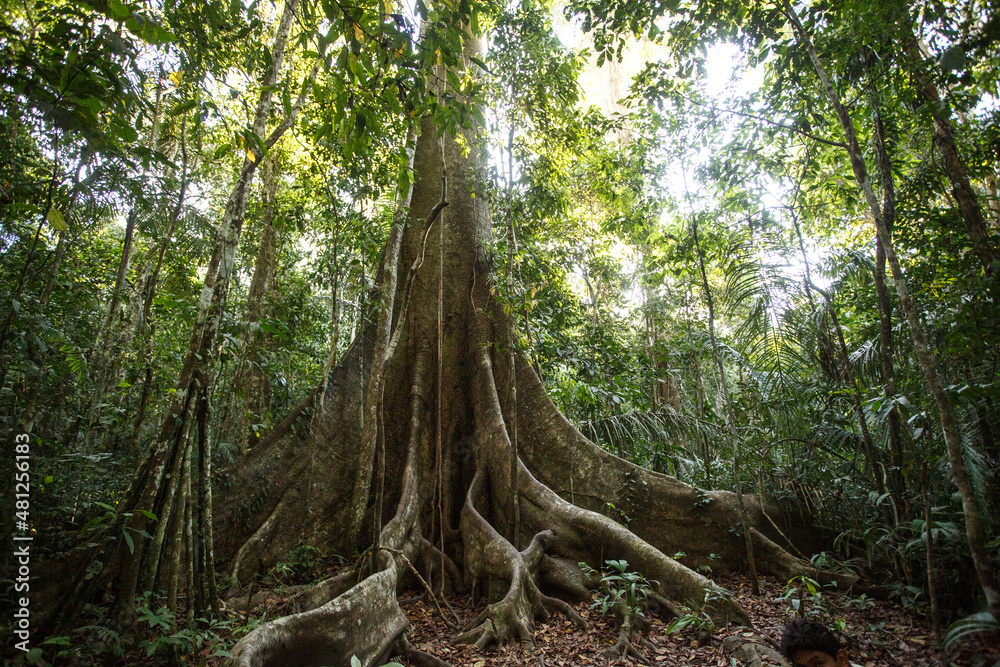
Traditional Amazonian medicine uses hundreds of plants for healing. Among the most renowned:
- Ayahuasca: a powerful plant used in spiritual ceremonies
- Cat’s claw: known for its anti-inflammatory properties
Exploring these plants is like entering a living pharmacy of nature.
Ayahuasca
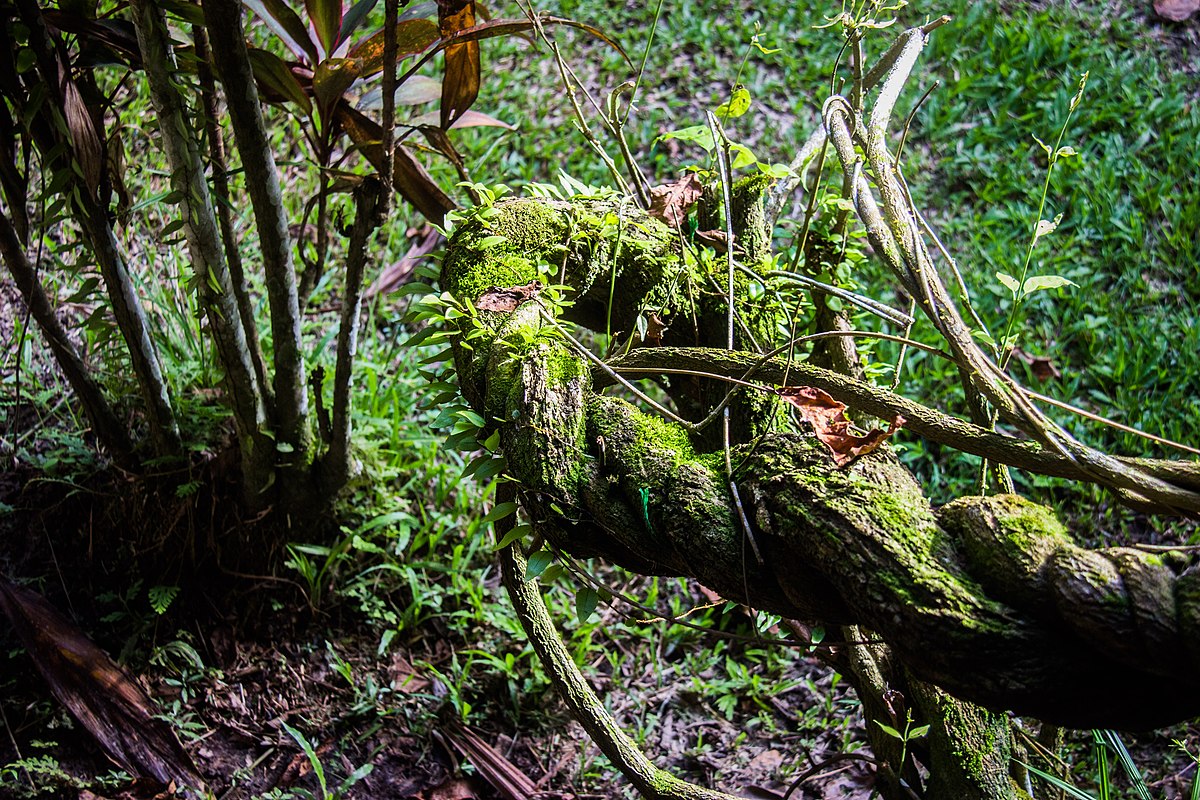
The cultural wealth of Indigenous Communities
The Peruvian Amazon is not only biologically rich, but also culturally profound. Indigenous communities such as the Shipibo-Conibo, Asháninka, and Yagua maintain strong ties to the land.
By visiting, travelers can:
- Participate in traditional ceremonies
- Learn about Amazonian cosmology and ancestral rituals
- Understand sustainable ways of life passed down for generations
These communities are the guardians of the rainforest, embodying harmony between humans and nature. If you are interested in trying a Culture Immersion Experience, click Here!
Indigenous communities from Peru Amazon
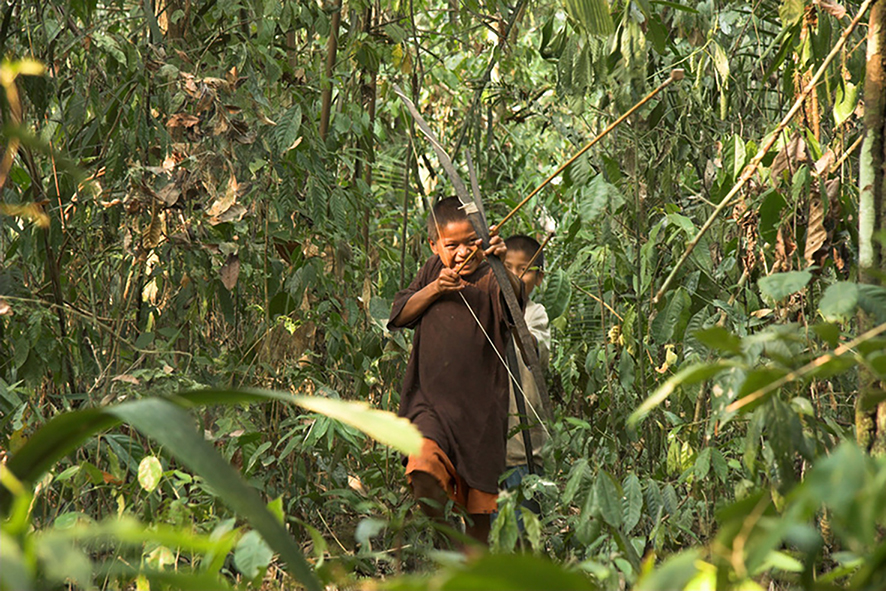
Top Destinations in the Peruvian Amazon
- Pacaya Samiria National Reserve: ideal for wildlife spotting and river cruises
- Puerto Maldonado: gateway to Tambopata National Reserve and lush jungle lodges
- Iquitos: the largest city in the world inaccessible by road, with rich history and jungle lodges
- Tambopata National Reserve: known for its clay licks and biodiversity
Why should I visit the Peruvian Amazon?
Visiting the Amazon rainforest in Peru is more than a trip — it's a journey into the heart of nature and ancestral knowledge. From the dazzling wildlife to the spiritual power of the forest, every experience invites connection, reflection, and awe.
Plan your trip to the Peruvian Amazon
If you're considering an adventure in the Amazon, our team at Peruvian Sunrise can help create a tailor-made Peru tour to suit your interests — from wildlife tours to cultural immersion.
Contact us today and get ready to explore one of the most magical places on Earth.
Thank you for reading!
Please, follow us on Facebook and Instagram, click on the following icons:
And If you liked the article, you are very welcome to share it on your social media.
